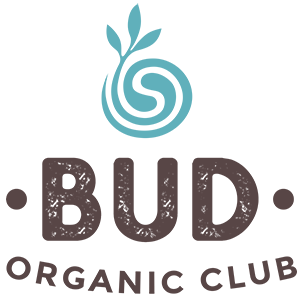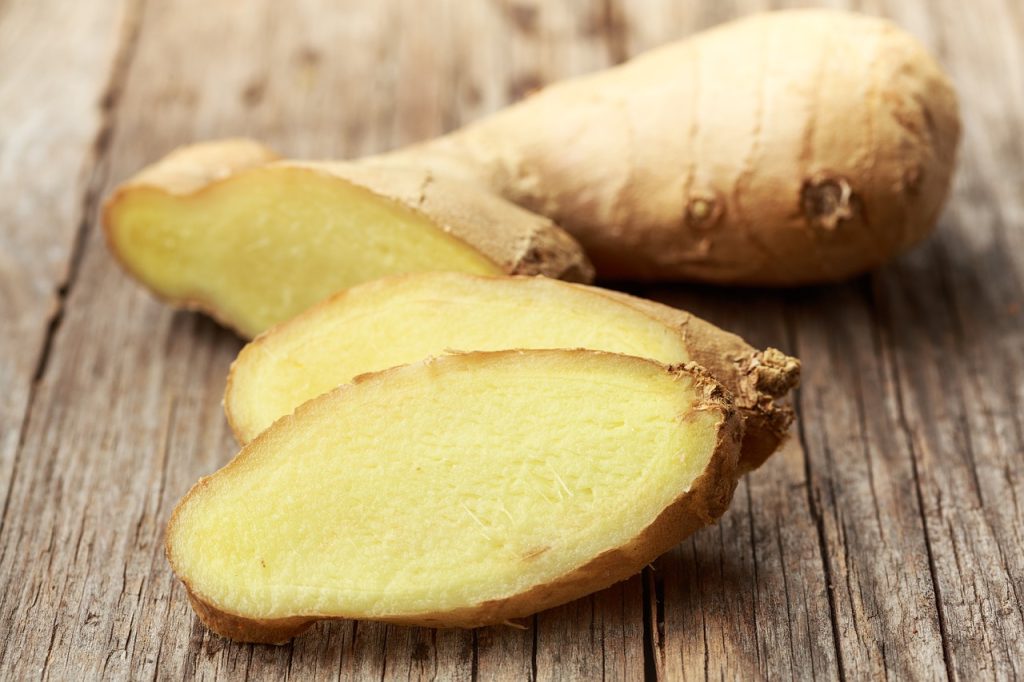Recipe by Dr. Sarah Lantz
A slurry of grated ginger, sugar and water sits in the corner of my kitchen bench. I chat, stir and jiggle her each morning, and doing so, she rewards me with gurgling bubbles and eventually gifts me with a ‘bug’ of potent, invigorating, immune-boosting, deliciously fermented ginger tonic. I remove a little bit at a time to make my morning teas, infusions and old-fashioned sodas, ensuring that I replace whatever I have taken.
Similar to a sourdough starter, Ginger Bug captures beneficial microorganisms including wild yeasts and bacteria located inside and on the skin of the ginger and via the air itself. When mixed with a sweet fermentable sugar brine, the microorganisms in the Ginger Bug begin to consume the sugar and, as they do, reproduce and emit carbon dioxide. The result is an effervescent, naturally fermented potent Ginger Bug which is rich in beneficial microorganisms, critical to gut health and bolstering the immune system. Indeed, the culinary and medicinal marvels of ginger cannot be overstated: as a diaphoretic, ginger encourages perspiration and can therefore be used to help treat feverish conditions such as influenza or colds; soothes the digestive system; alleviates nausea and contains potent anti-inflammatory properties.
Making Ginger Bug is simple: you need fresh organic ginger, a fermentable sweetener of your choice to feed the microorganisms, good filtered and de-chlorinated water, a container to hold the Bug and a cover to keep out unwanted bugs!
Makes a 2-litre brew (or more)
Ingredients
- A good few knobs of fresh organic ginger (about 2-3 tablespoons). New or old ginger is fine.
- ½ cup whole unrefined sugar (coconut, rapadura or your caloric sweet preference)
- 2 cups of filtered, fresh water
Method
- Take your ginger and grate or cut into small chunks until you have around two heaped tablespoons.
- Place the grated ginger in a medium jar and whisk in the sugar and water.
- Cover the jar with a cloth or lid and allow your Bug to ferment in a warm spot on your kitchen bench.
- Every day, for about five days, mix an additional two tablespoons of grated ginger, one tablespoon sugar and two tablespoons water into your jar. The ginger will begin to foam and bubble at its top and will take on the slightly yeasty fragrance. Once bubbling, it’s ready to use.
- Adjust the sugar and ginger if it’s too sweet or ferment longer to brew out any residual sugars.
Ginger Bug can be used straight up, in cooking, teas, tonics or added as a flavour to beverages including kombucha, water kefir or other brews.
Brewing Tips
To keep your Bug alive, you will need to feed it regularly. You can also ‘rest’ it in the fridge and feed it a tablespoon each of ginger and sugar once a week. To reactivate it, remove it from the fridge and let it reach room temperature and begin feeding it again.
Use sugar or another caloric sweetener. The yeast and bacteria that make your bug bubble need sugar to help them grow. Sugar is the most common choice, but you can also use honey, maple syrup, coconut sugar or any other caloric sweetener. Avoid non-caloric sweeteners like stevia as they are non-fermentable.
Turmeric and galangal work well too. For variety, you can substitute both fresh turmeric and fresh galangal in place of the ginger, or use a combination.
Use organic ginger. Conventionally grown ginger is often irradiated and grown with pesticides, which can impact its ability to ferment and grow into a thriving Bug. Use organic ginger for best results!
Use chlorine-free water. Chlorine in tap water can interfere with bacterial and yeast production, so choose filtered water or spring water.
Temperature: It takes about 5 to 7 days to make a ginger bug, but may take less time in warm climates and more time in cool climates.
Article by:
Dr Sarah Lantz (PhD)
Buchi Brew Co. & Sacred Women’s Way


